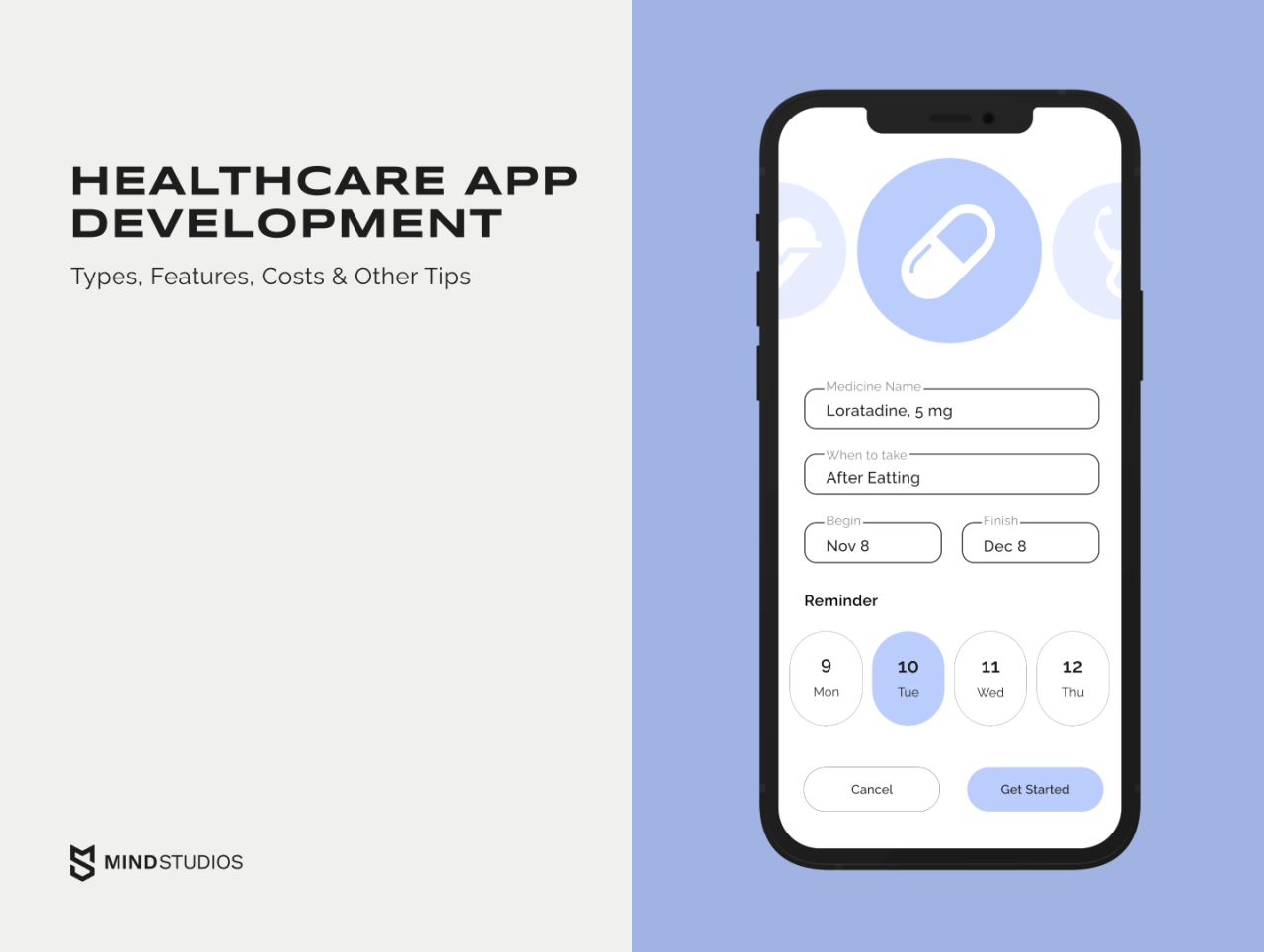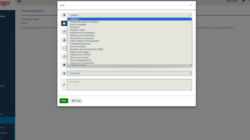With app development for healthcare gaining momentum, the intersection of technology and medicine is more exciting than ever. Innovative applications are reshaping how clinicians and patients interact, providing tools that improve accessibility, efficiency, and overall health outcomes.
This evolving landscape not only enhances communication between patients and their care providers but also empowers individuals to take control of their health through personalized health management solutions. As we delve deeper into the impact of these applications, we’ll uncover the unique features, challenges, and future potential of healthcare apps.
In today’s fast-paced world, effective communication in the workplace has emerged as a critical skill that can significantly impact not only individual performance but also the overall success of an organization. From team collaboration to client interactions, the way we convey our thoughts and ideas can determine the quality of our relationships and the efficiency of our operations. In this article, we will explore the various aspects of effective communication, its importance, and practical strategies to enhance this crucial skill.
Understanding Effective Communication
Effective communication involves more than just exchanging information. It requires clear expression, active listening, empathy, and the ability to adapt to different audiences. In essence, it is about ensuring that messages are received and understood as intended. Factors such as tone, body language, and context play significant roles in how messages are perceived. Therefore, understanding the intricacies of communication can help prevent misunderstandings and foster a more harmonious workplace environment.
The Importance of Communication in the Workplace
1. Enhances Collaboration: Effective communication promotes teamwork and collaboration. When team members feel comfortable expressing their ideas and feedback, it leads to a more inclusive environment where creativity can flourish. Open lines of communication encourage the sharing of information and resources, making teams more efficient and cohesive.
2. Boosts Employee Morale: When employees feel heard and valued, their job satisfaction increases. Regular and transparent communication from management can foster trust and loyalty among staff. Knowing that their voices matter encourages employees to engage more actively in their roles.
3. Facilitates Problem Solving: In any workplace, challenges are inevitable. However, organizations that prioritize effective communication can address issues more swiftly. Open discussions allow team members to brainstorm solutions collectively, leading to innovative ideas and faster resolutions.
4. Improves Customer Relations: Communication extends beyond internal interactions. How a company communicates with its clients can greatly influence customer satisfaction and loyalty. Clear, timely, and empathetic communication helps in building strong customer relationships, leading to repeat business and positive referrals.
Barriers to Effective Communication
Despite its importance, various barriers can hinder effective communication in the workplace. Some common obstacles include:
1. Lack of Clarity: Ambiguous language or convoluted messages can lead to confusion. It is essential to be clear and concise when conveying information.
2. Emotional Barriers: Personal feelings, biases, or stress can cloud judgment and affect how messages are sent and received. Emotional intelligence is key to navigating these challenges.
3. Cultural Differences: In diverse workplaces, cultural backgrounds can influence communication styles. Being aware of these differences and adapting accordingly is crucial for effective interaction.
4. Technology Overload: While technology facilitates communication, excessive reliance on digital tools can lead to misinterpretations. Face-to-face interactions remain vital in fostering genuine connections.
Strategies for Effective Communication
Now that we understand the importance of effective communication and its barriers, let’s explore some practical strategies that can enhance communication skills in the workplace:
1. Practice Active Listening: Truly listening means being fully present in the conversation. Avoid interrupting and show genuine interest in the speaker’s message. Reflecting on what has been said can help in understanding and responding appropriately.
2. Be Clear and Concise: When conveying information, use straightforward language and avoid jargon. Stick to the main points to prevent overwhelming your audience with unnecessary details.
3. Encourage Open Feedback: Create an environment where employees feel comfortable providing feedback. Regular check-ins and surveys can help gauge employee sentiment and identify areas for improvement.
4. Utilize Non-Verbal Communication: Body language, tone, and facial expressions are powerful communicative tools. Being mindful of these non-verbal cues can significantly enhance message delivery and reception.
5. Adapt to Your Audience: Tailor your communication style to suit your audience. Whether you are addressing fellow team members, management, or clients, adapting your message can ensure better understanding and engagement.
The Role of Technology in Communication
In an increasingly digital world, technology plays a pivotal role in communication. Tools such as email, instant messaging, and video conferencing have transformed the way we interact. However, while technology can enhance communication, it is essential to use it wisely. Here are a few tips for leveraging technology effectively:
1. Choose the Right Platform: Different communication tools serve different purposes. Use emails for formal communications, instant messaging for quick queries, and video calls for in-depth discussions.
2. Be Mindful of Tone: Written communication can easily be misinterpreted. Use clear language and consider the tone of your message to ensure it is perceived as intended.
3. Limit Over-Reliance on Digital Tools: While technology is convenient, face-to-face interactions are irreplaceable for building strong relationships. Try to balance digital communication with in-person meetings when possible.
Conclusion
Effective communication is a cornerstone of a successful workplace. By understanding its importance and implementing strategies to overcome barriers, organizations can foster a culture of openness and collaboration. As we continue to evolve in a dynamic work environment, prioritizing clear and effective communication will not only enhance individual performance but also contribute to the overall success of the organization. Remember, communication is not just about talking; it’s about connecting.
Key Questions Answered
What are the main benefits of healthcare apps?
Healthcare apps enhance patient engagement, streamline communication, and improve access to medical resources, leading to better health outcomes.
How do healthcare apps ensure patient data security?
Most healthcare apps utilize encryption, secure servers, and compliance with regulations like HIPAA to protect patient information.
Are there any regulations governing healthcare app development?
Yes, healthcare apps must comply with regulations such as HIPAA in the U.S. and GDPR in Europe to ensure patient privacy and data protection.
What features should be included in a healthcare app?
Key features may include appointment scheduling, telehealth capabilities, medication reminders, and access to medical records.
How can healthcare providers choose the right app for their needs?
Providers should assess their specific needs, review user feedback, and ensure that the app complies with relevant regulations and offers necessary features.












